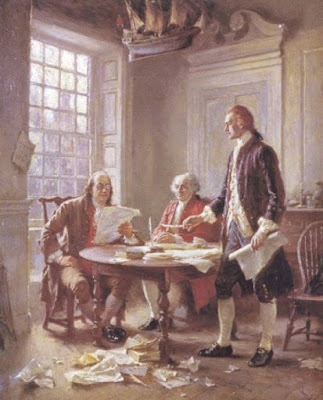Halloween… All-Hallows-Eve… the night before All Hallows Day… Hallows means saints… Halloween or The Eve of All Saints Day
HISTORICAL BACKGROUND:
What we think of as Halloween can be traced back 2,000 years ago in Britain and Ireland. The Celtic people celebrated a giant festival every November 1st called Samhain. This festival celebrated the end of the harvest and the beginning of winter.
· It would begin on the evening of the 31st
· Bonfires were lit
· Sacrifices of livestock and crops were made to the gods
· People dressed in animal skins and furs for the event
· It was thought that the ghosts of the dead along fairies and goblins visited the earth on this day, so food was left outside homes to satisfy them
During the 1st century C.E. Rome conquered Britain and two Roman holidays were combined with Samhain.
1. Feralia: honored the dead
2. Pomona: celebrated the goddess of the harvest (Pomona’s symbol was the apple and it is hypothesized that this is where the tradition of bobbing for apples comes from.)
Christianity spread to the British Isles during the 4th and 5th centuries C.E. and the Pope insisted on giving all pagan holidays Christian themes.
* November 1st became All Saints Day and celebrated the lives of saints
* November 2nd became All Souls Day and celebrated the lives of dead Christians
COSTUMES & JACK-O-LANTERNS
Were both initially used to scare off the ghosts, ghouls, and goblins that traveled the earth on that night. The costumes would help the living blend in with the supernatural and the jack-o-lanterns would protect homes.
TRICK OR TREATING
Derives from a practice known as souling, whereby poor beggars went door to door during the two Christian holy days (holidays) and promise to pray for the household in exchange for food.
Scottish and Irish immigrants brought these wonderful traditions to America.
Happy Halloween!






































.jpeg)
.jpeg)




















